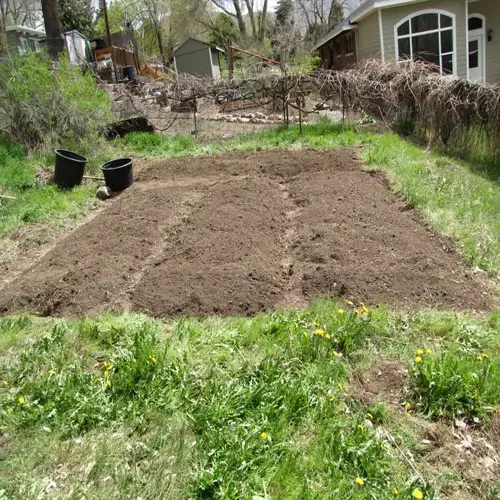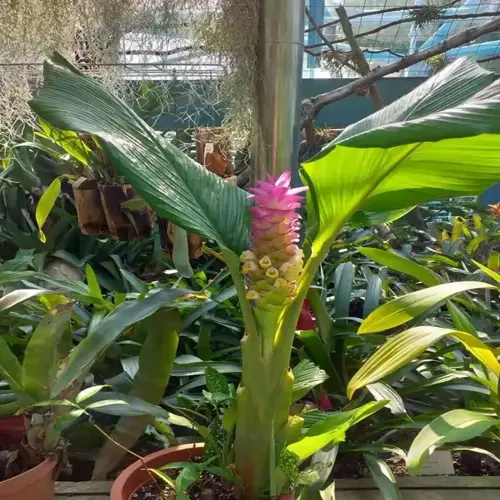Is water or soil propagation better for succulents?

Written by
Julia Anderson
Reviewed by
Prof. Charles Hartman, Ph.D.Propagation in soil is always better than in water for growth. I have tried both methods extensively and can say that plants grown in soil develop a tougher root system. Water may be better for visual aesthetics, but we have all heard of the rot problems. When plants are allowed to adapt to their natural soil conditions, they develop healthier plants in the long term.
Root Structure
- Soil encourages thicker drought-resistant roots
- Roots develop natural branching patterns
- Better nutrient absorption from mineral content
Disease Prevention
- Lower fungal infection rates
- Reduced bacterial contamination risk
- Natural soil microbes suppress pathogens
Transition Success
- No root shock when moving to final pots
- Plants acclimate faster to permanent homes
- Continuous growth without adjustment periods
Maintenance
- Less frequent watering needed
- No algae control required
- Simpler monitoring of moisture levels
Moisture management is easier with soil propagation. A quick-draining mix limits the likelihood of waterlogging but allows ideal moisture at the root level. I use a 2:1 potting soil to perlite mix to have perfect drainage. Water propagation keeps constant moisture pushing on succulent tissues. An example of this unnatural condition is cellular collapse of numerous species.
Root adaptations to natural environmental conditions occur solely in soil propagation. Roots develop specialized hairs for nutrient uptake from mineral content. Water roots have no adaptation and often die during roots formation. My soil-propagated specimens establish twice as fast after potting compared to water-propagated plants.
Pathogen risks spike with water systems. Stagnant water supports algae and bacteria, which can attack at-risk cuttings. Soil contains beneficial microbes that suppress the growth of harmful organisms. I add cinnamon powder to the soil as a natural antifungal. Water propagation requires frequent changes of solution for optimal hygiene.
Transitional shock affects water-grown succulents when they are potted. Their water-adapted roots collapse when they are placed in soil. Soil-grown plants do not suffer from this stress, progressing in growth relentlessly. I bypass this issue entirely by taking cuttings in their final medium.
Special circumstances may warrant the use of water propagation for short single occasions. Use it solely for cases when you have dehydrated cuttings in need of rehydration, transition to soil once root nubs develop. I even use rooting hormone to assist in this process. Your plants will reward you with vigorous growth in return.
Read the full article: How to Propagate Succulents: A Complete Guide

